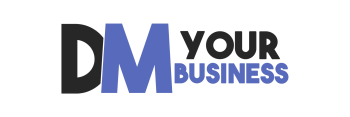
All About RoHS Enforcement and Steps That Follow
The fundamental aim of the RoHS directive is to protect the environment and human health from harmful chemicals. These chemicals are mostly released through industrial development and certain hazardous products. So, the RoHS directive restricts the use of such chemicals.
The efficiency of the directive is measured through the number of toxins it manages to restrict in the market and not by the number of defaulters.
Further, the efficiency of the overall process increases when the enforcement authorities take stern action alongside the companies self-reporting their hazardous products.
What happens when restricted substances are found?
Here, we have mentioned a usual guide to the procedure followed by every state enforcement authority if restricted substances are found.
Product inspection
Usually, enforcement authorities detect restricted products by purchasing certain products and then lab testing them. Once restricted substances are found in their composition, the entire compliance process is triggered.
However, further testing might be required to detect the intensity of the law breach.
Notice
As soon as a violation is found in the general procedure of product development, the RoHS directive notifies the concerned organization. In this notice, the next steps are written.
However, the directive would ask the concerned organization to furnish the following general and technical documentations within a given timeframe.
- Contact information of the concerned person for compliance measures.
- Information regarding company size, sales, and product portfolio.
- Overview of the various processes assisting in the efforts put in by RoHS compliance.
- Overview of the existing data quality systems that are associated with compliance checking.
Product removal
This forms the most important step among all, whereby under proper testing and checking, the faulty product is removed from the market. RoHS directive’s primary aim is to remove this product from the market to control further environmental and human health damage.
Product removal covers two basic types:
- Voluntary removal, whereby the company identifies the harmful product and removes it.
- Forceful removal of the product by enforcement authorities.
In most cases, companies cooperate with the enforcement authorities to remove the product in silence, since unnecessary exposure can cause brand name disruption.
Penalty
Most companies incur penalties in three types:
- Payment of fines based on the severity of the breach.
- Payment of testing procedure done by the enforcement authority.
- Loss of market access, which is the maximum penalty incurred by any company.
Now, you can avoid breaches and penalties by getting your products tested through Enviropass RoHs compliance testing.


